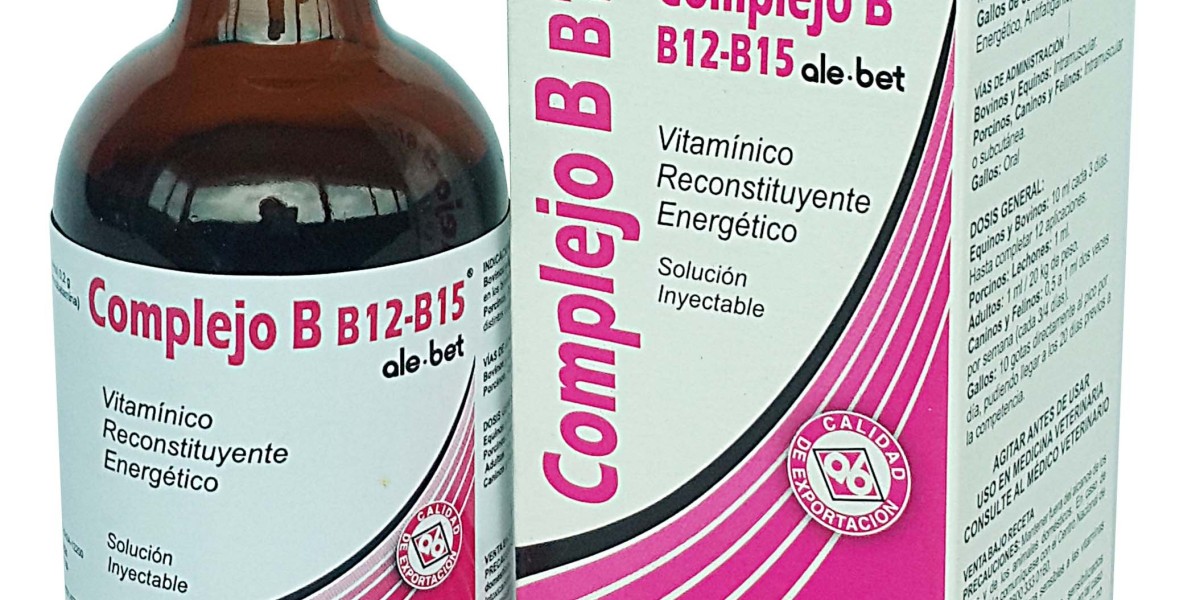Peanut butter is a household staple for many, known for its rich, creamy texture and a versatile flavor profile that complements everything from sandwiches to smoothies. It is not only delicious but also packed with nutrients like healthy fats, protein, and vitamins. However, many people often wonder about the variations in the price of peanut butter, especially with so many brands and types available on the market.
In this blog post, we will explore the factors that influence the price of peanut butter and discuss why this beloved spread should be a part of your daily diet. Whether you're budget-conscious or looking for the healthiest option, understanding these elements will help you make better choices the next time you shop.
What Affects the Price of Peanut Butter?
There are various factors that influence the price of peanut butter. The cost isn’t just determined by the peanuts themselves but by other elements like production, packaging, brand reputation, and added ingredients. Here are the main factors that contribute to price variations:
1. Quality of Ingredients
The price of peanut butter often reflects the quality of ingredients used. Some brands use 100% peanuts without any additives or preservatives, which tend to be more expensive. On the other hand, cheaper peanut butter may include added oils, sugar, or salt. Natural or organic peanut butters, made with higher-quality ingredients, can cost significantly more, but they provide more nutritional benefits and fewer artificial components.
For health-conscious consumers, paying a higher price for all-natural or organic peanut butter might be worth it in the long run. These products usually contain fewer calories, no hydrogenated oils, and are free from preservatives.
2. Production Costs
The cost of manufacturing peanut butter, from sourcing raw materials to processing and packaging, plays a significant role in its final price. Brands that follow sustainable farming practices or those that ensure fair trade may have higher production costs, which are then passed on to consumers. Additionally, companies that process peanuts in small batches for fresher flavors or premium textures will also charge more.
Cheaper brands may cut corners by sourcing lower-grade peanuts or by mass-producing their products, resulting in lower production costs and, consequently, a lower price of peanut butter.
3. Packaging
Another factor that impacts the price of peanut butter is packaging. Brands that use eco-friendly or biodegradable packaging materials might have higher prices due to the cost of these sustainable options. Meanwhile, more affordable brands may use cheaper, non-recyclable plastic containers, reducing their overall expenses.
However, for environmentally-conscious consumers, opting for peanut butter that comes in glass jars or eco-friendly packaging is a great way to support green initiatives while also ensuring you get a quality product.
4. Brand Name and Marketing
Popular brands that invest heavily in marketing and advertisement often charge more for their products. These brands have a loyal customer base that trusts their quality, which allows them to set higher prices. On the other hand, lesser-known or local brands may sell at a lower price because they don't have the same level of brand recognition or marketing expenses.
The price of peanut butter from well-established brands might also reflect the years of research and development invested into perfecting their recipes, which may justify the premium cost for some consumers.
5. Type of Peanut Butter
The type of peanut butter you choose can also affect its price. Generally, you will find the following types on store shelves:
- Smooth Peanut Butter: This is the most commonly consumed variety and often comes at a lower price point compared to other types.
- Crunchy Peanut Butter: Crunchy versions may sometimes be priced higher due to the extra processing involved in keeping the peanut chunks intact.
- Organic Peanut Butter: As mentioned earlier, organic peanut butter can be significantly more expensive due to the use of pesticide-free peanuts and sustainable farming practices.
- Flavored Peanut Butter: Peanut butters with added flavors, like chocolate or honey, can also come with a higher price tag because of the additional ingredients.
When purchasing peanut butter, you may need to weigh your preferences and nutritional goals against the price, deciding whether the additional cost is justified for what you're getting.
The Nutritional Benefits of Peanut Butter
Now that you understand the factors affecting the price of peanut butter, let's explore why it’s worth including in your diet. Peanut butter is more than just a delicious spread; it’s packed with health benefits that make it a nutritious addition to your daily meals.
1. Rich in Protein
Peanut butter is an excellent source of plant-based protein, making it a great option for vegetarians and vegans. Just two tablespoons of peanut butter contain about 8 grams of protein, which helps in muscle repair and growth. Including peanut butter in your breakfast or snack can keep you feeling full for longer, reducing the chances of overeating later in the day.
2. Healthy Fats
While peanut butter is high in fat, the majority of the fat content comes from heart-healthy monounsaturated and polyunsaturated fats. These fats help to lower bad cholesterol levels (LDL) and reduce the risk of heart disease. Including healthy fats in your diet is crucial for overall health, and peanut butter is a tasty way to do so.
3. Packed with Nutrients
In addition to protein and healthy fats, peanut butter is loaded with essential vitamins and minerals. It contains vitamin E, magnesium, potassium, and B vitamins, all of which contribute to various aspects of your health, such as maintaining strong bones, improving brain function, and supporting your immune system.
4. A Great Source of Fiber
Peanut butter is also a good source of dietary fiber. Fiber is essential for a healthy digestive system and can help prevent constipation. A serving of peanut butter can contribute to your daily fiber intake, helping you maintain a healthy gut.
5. Weight Management
Despite being calorie-dense, peanut butter can aid in weight management when consumed in moderation. The combination of protein, healthy fats, and fiber helps keep you feeling full and satisfied, reducing the temptation to snack on less nutritious foods.
How to Incorporate Peanut Butter into Your Diet
The versatility of peanut butter makes it easy to incorporate into your diet in various ways. Here are a few simple ideas:
- Smoothies: Add a spoonful of peanut butter to your morning smoothie for extra protein and a delicious, creamy texture.
- Sandwiches: The classic peanut butter and jelly sandwich is a quick and satisfying meal option, especially for busy days.
- Energy Bars: Use peanut butter as a binding agent for homemade energy bars or protein balls, making a healthy and portable snack.
- Oatmeal: Stir peanut butter into a warm bowl of oatmeal for added flavor and a nutritional boost.
- Vegetable Dip: Pair peanut butter with celery sticks or apple slices for a healthy snack that provides both crunch and satisfaction.
Conclusion
When it comes to the price of peanut butter, various factors play a role in determining the cost, from the quality of ingredients and production methods to packaging and brand reputation. While the price might vary, the nutritional benefits of peanut butter make it a worthwhile investment for your health.
By understanding what goes into the pricing of peanut butter and its numerous health benefits, you can make an informed decision that suits both your budget and dietary needs. Whether you choose a high-end organic brand or a more affordable option, peanut butter is a nutrient-rich food that can be enjoyed in many ways, making it a staple worth keeping in your kitchen.







